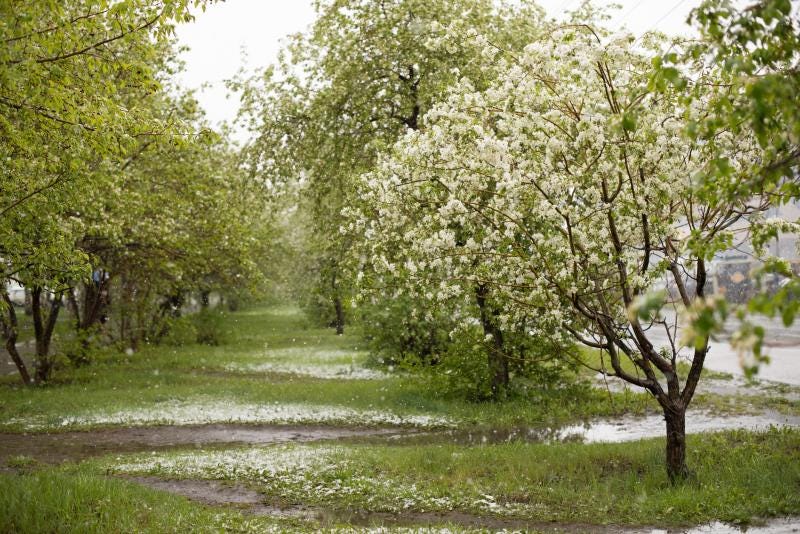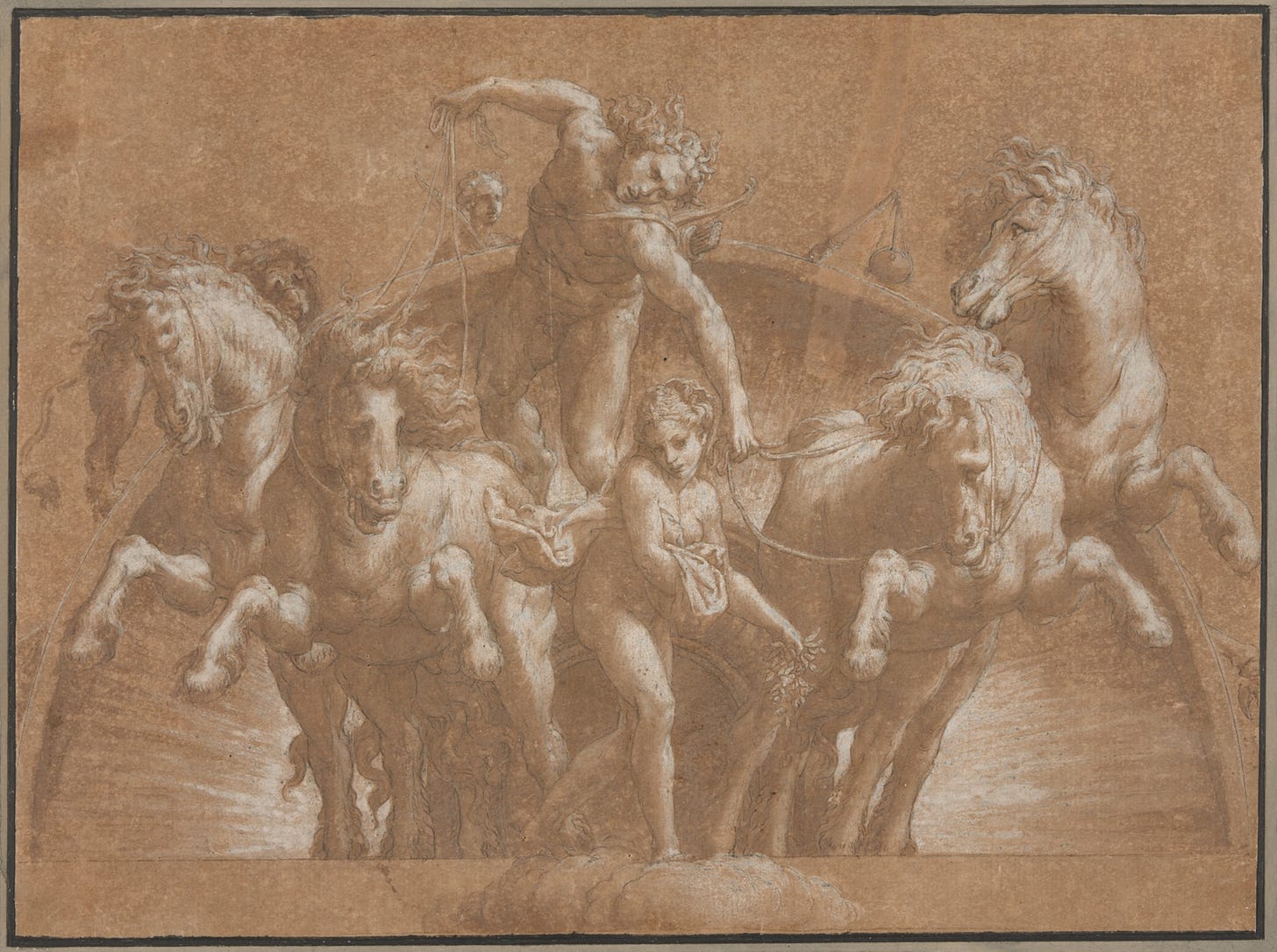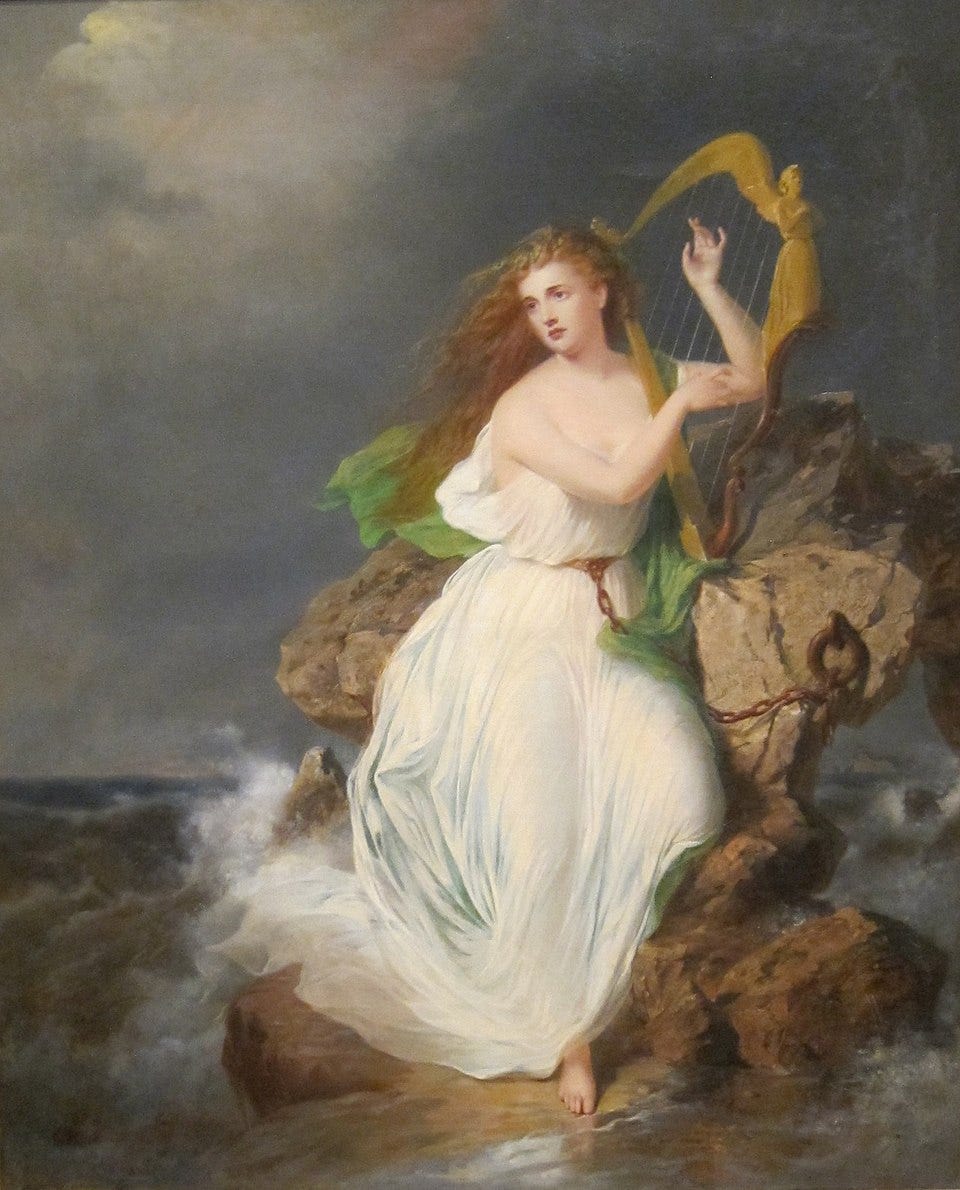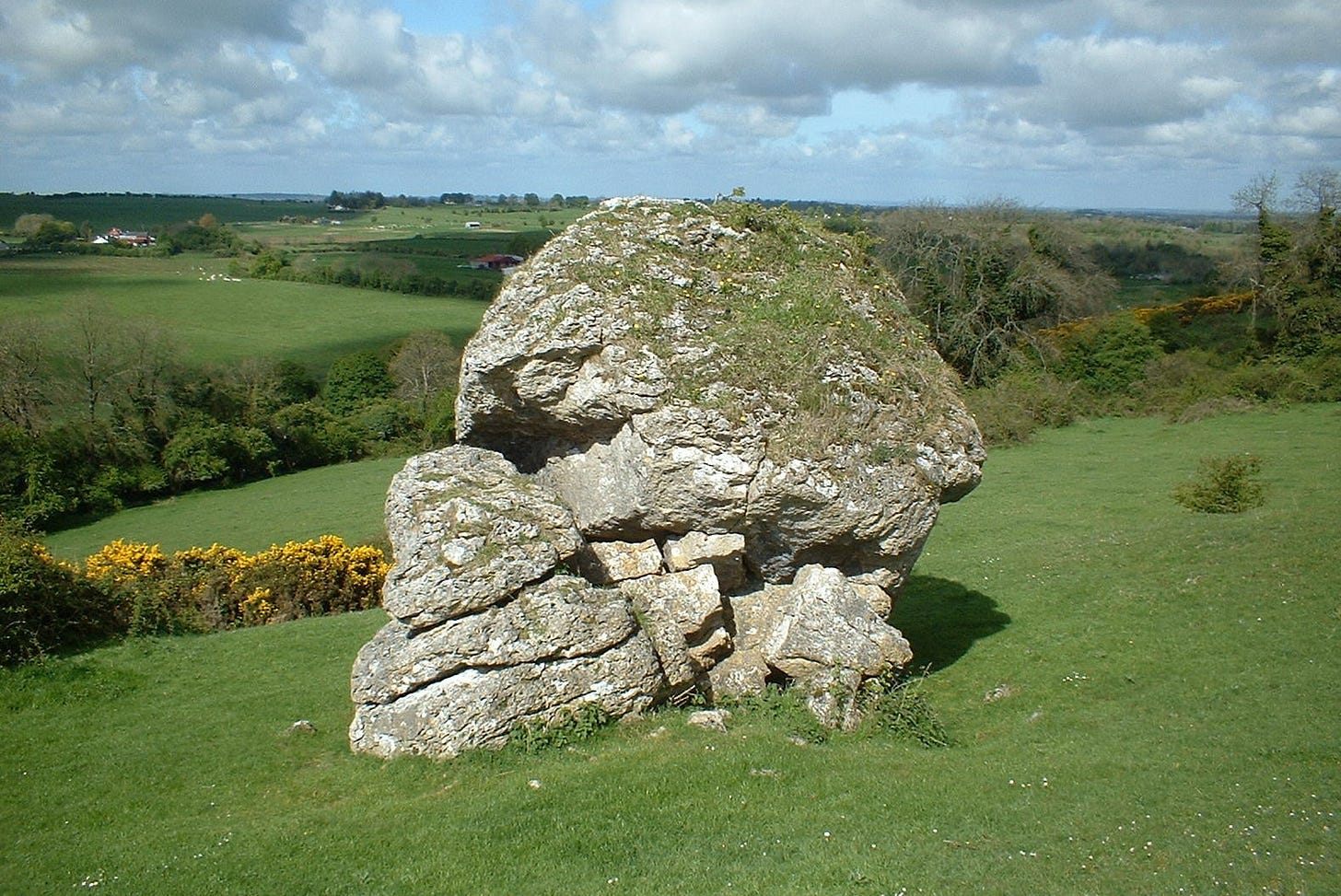As we reach the cross-quarter holiday of Bealtaine, we are at the halfway point of our journey around the ancient Celtic Wheel. Since the beginning of the Celtic year six months ago at Samhain, we have let go and traveled through the darkness into the void, then to the listening and dreaming time of the Winter Solstice, into the new beginnings of Imbolc, and most recently, held “the creative tension of opposites” at the Spring Equinox. Now at Bealtaine, we continue to take our cue from Mother Nature. We are ready to expand into our potential and manifest our dreams.
Bealtaine is pronounced “bay-AL-tuhn-uh” by Irish speakers
(contrary to what Google AI says - or you can just say “May Day”).
Astronomically, Bealtaine occurs exactly between the spring equinox and the summer solstice. Although the precise date this year is May 5, it is commonly celebrated on May 1 (May Day).
Bealtaine sits at the ritual threshold of Summer, and marks the departure from the Giamos, or “dark half” of the year and the entrance to Samos, or “light half” of the year. Although the light has been slowly returning since the Winter Solstice, it is at this time when the Sun is preparing to enter its full strength. Everywhere you look (in the northern hemisphere), the Earth is greening, birds are migrating and building nests, tree buds are opening, and flowers are blossoming.

Celtic Mythology
Numerous Celtic and Irish myths, mythological figures, and legends surround Bealtaine. Although there are many variations and even contradictions, themes of fertility, fire, and frolicking are consistent. In The Book of Celtic Myths, Jennifer Emick suggests the Celts celebrated the sun god Belenos on the first of May. Widely worshipped on the European mainland, he represented the light and heat of the sun. He was identified with the ancient Greek god Apollo who drove a horse-drawn sun chariot across the sky. He was also strongly associated with water, especially healing hot springs.

First discussed in the Imbolc and Spring Equinox posts, triple-goddess Brigid, was also connected with the two creation energies of fire and water. In one version of the Celtic creation myth, Brigid is married to “the Good God” Dagda and she transitions from maiden to mother in May when the lands are fertile once again. (The third “face” of the goddess is the Cailleach, or old woman at Samhain.)
Another goddess related to Bealtaine is Ériu (Old Irish) or Éire (Modern Irish). With her sisters Banba and Fódla, she also forms a triad of goddesses. They are also known as goddesses of sovereignty. In Celtic tradition, the King (or Divine Masculine) is only granted sovereignty over the lands after his rulership is bestowed upon him by the Goddess/Queen (Divine Feminine), whether through mating or marriage. With this sacred union, the prosperity of the people was ensured through a healthy harvest and fertile lands and waters.
The Hill of Uisneach is linked to Dagda, Eire, and the festival of Bealtaine. It is considered the true center of Ireland. In ancient times, Ireland was said to have been divided into four provinces: knowledge in the west, battle in the north, prosperity in the east, music in the south. But in myth, these four converged in the center of the fifth province of royalty - at the Cat Stone.
This gigantic boulder symbolizes the whole of Ireland. Legend says the god Dagda lived here and that beneath the boulder is the resting place of Eire. For years it was used as a gathering place by the provinces to legislate and celebrate.
According to ancient lore, the pre-Celtic Druids lit the first great fire in Ireland on Uisneach and it burned for seven years. Seasonal fire ceremonies became linked to the celebration of Bealtaine. The Hill of Uisneach fire was lit first, with fires then ignited on other sacred hills, many of which could be seen from Uisneach. These fires symbolized the emergence from Winter’s darkness into the light of Summer. Traditionally, people extinguished fires in every home in anticipation of the Bealtaine “fire eye” that would then be used to re-light their own hearth fires.
The Deeper Meaning of Bealtaine
The Celtic Wheel is about the natural ebb and flow of life. The Celts deeply honored the creation (birth/death/rebirth) cycle, and the polarities of feminine and masculine, darkness and light, and water and fire of the natural world.
The beginning of the Celtic Wheel in late Autumn is the time of the Divine Feminine. The new year, or full creation cycle, starts as we shed the old and descend into the darkness, or the womb. As we move around the Wheel, we rest and renew in dreamtime (Winter), then choose the dream(s) we want to realize and prepare for action (Spring).
For the previous six months of the Wheel, the principle of the receptive feminine has been dominant in Nature (releasing, descending, resting, dreaming). At Bealtaine in May, we move into Samos where the active masculine principle presides (growing, ascending, producing, harvesting).
The feminine/masculine energies always occur together. At the equinoxes, these energies are balanced. At the solstices, one energy is dominant over the other. However, they are always in dynamic play and never completely disappear, even when one energy is at its apex. (This wisdom of interconnectedness is seen in other cultures, such as in the Chinese yin/yang symbol. In the black half, there is a small circle of white. In the white half, a small circle of dark.)
Honoring the Time of Bealtaine
Following the energies of the natural world automatically aligns us with the cycles within the cycles. After the intensity of balancing the opposites at the Spring Equinox (masculine/feminine, race ahead/stand still, hopes/fears), Bealtaine encourages us to blossom, take calculated risks, and put our cared-for dreams into action.
And the day came
when the risk to remain
tight in a bud
was more painful
than the risk it took
to blossom.
~Anais Nin
Similar to over- or under-expressing Spring energies discussed in this post, we can find ourselves out of alignment with the natural flow of Bealtaine by rushing ahead or holding ourselves back. If we are too comfortable in the Giamos energies of the first half of the Celtic year, we can just continue to dream or vision. Or we might play it safe and allow our fears to prevent us from being our truest selves or doing what we deeply desire to do.
Alternately, we might rush headlong into the Samos energies of the second half of the Celtic year. We might be impatient and forcefully push forward with our plans instead of allowing them to emerge. We don’t trust in natural timing or flow and are hasty in our actions, disconnected from our inner knowing and personal authority. (Fears are linked more with Giamos energies in Celtic lore, but I would argue that impatience is also related to fear, e.g., fear of something not working out, fear of letting go of control, or not trusting in ourselves or Life.)
Symbolically, Bealtaine is about creativity and right action, or acting that occurs at the right time and for the right reasons. We move ahead with confidence and purpose, blossoming as nature intended. We confront our fears, take necessary risks, and align our actions with our heart’s intentions. By waiting to take action until our heart is clear, we honor our own sovereignty. In so doing, we integrate the feminine and masculine energies. Like the sacred union of the God and Goddess, we assure our prosperity when our heart (divine feminine) propels our actions (divine masculine).
A Bealtaine Blessing
May you find center and stability in this time of uncertainty.
May you anchor in your sovereign center.
May you flourish and blossom into your full potential.
-Mari Kennedy
As we recognize and honor the natural creation cycles, we understand that the energies of Bealtaine occur whenever an aspect of our lives is ready to blossom (not just May!). This is the time when we have completed the dreaming and planning and now are full of potential and ready to bring something new into the world - whether the birth of a baby (the most literal interpretation!), the launch of a project or creative endeavor, a new job or work, or a new stage of a relationship.
Over the next six weeks, notice what potential is whispering to (or shouting at!) you. To help align you with these energies, ask yourself:
What is ready to blossom in my life right now?
What risks do I need to take to bring my dream or plans out into the world?
Where am I being nudged to take right action?
What would I like to create or manifest in this world, stemming from my highest potential?
Written April 2025.








